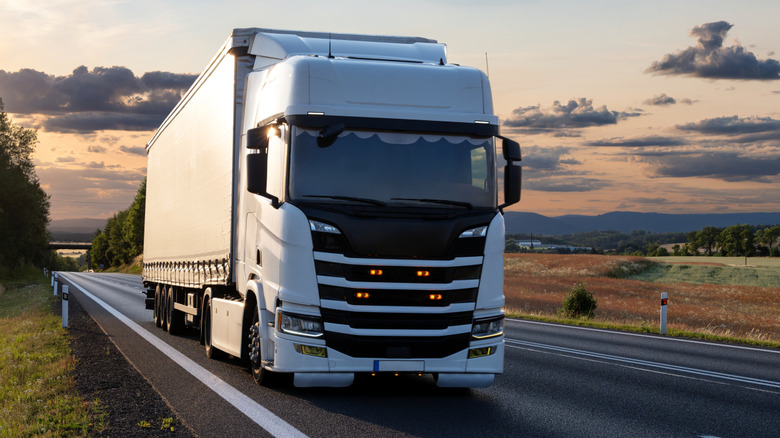There are very few automobile companies that can boast a heritage as long and distinguished as International Trucks. The company can trace its roots back to 1831, when Cyrus H. McCormick developed the first mechanical reaping machine. Although these roots can hardly be described as humble, International Trucks — as the company was to become — has been innovating ever since. Including building vehicles that paved the way for modern SUVs.
Advertisement
The name “International” wasn’t associated with the company until 1902. This was the year that the McCormick Harvesting Machine Company and Deering Harvester Company merged, and International Harvester was born. It was only a few short years after that the first truck was produced. Commonly known as the “Auto Buggy,” the truck was versatile enough to be used as a light truck or a passenger vehicle, and quickly gained a large following in the farming community. Essentially, this vehicle became the forerunner of the modern pick-up truck.
Over a century later, the company is still producing trucks and remains one of the most trusted names in the commercial vehicle industry. But who exactly owns International Trucks, and where are these iconic trucks produced? To understand this, we need to look into the story behind its modern identity.
Advertisement
Who owns International Trucks today?
From the 1902 merger, International Trucks continued to operate under the International Harvester banner for over 80 years. It wasn’t until 1986 that the first notable change occurred. It was in this year that the Navistar International Corporation became associated with the brand. Although this was less a change of ownership, and more just a change of name, with International remaining the brand name for its commercial vehicles.
Advertisement
The company continues to operate under the Navistar banner to this day. This naturally leads to the question: Who owns Navistar? The first signs of a significant change of ownership became apparent in 2017. This was the year that Navistar and Volkswagen Truck & Bus agreed to a strategic partnership. The latter company rebranded itself as the Traton Group in 2018.
The strategic partnership between the two giants of the trucking industry continued until 2021, when Navistar became a wholly owned subsidiary of the Traton Group. Despite these changes in ownership, International Trucks has retained its identity as a manufacturer of reliable and versatile vehicles for the North American Market. It’s also a move that could herald the rebirth of an International Trucks legend, with the Traton Group announcing a modern refresh to the classic International Harvester Scout.
Advertisement
Where are International Trucks made?
As well as trucks, International also produces engines, transmissions, and buses. To achieve this it employs over 14,500 workers across a multitude of sites. There are five main manufacturing facilities: Commercial and school buses are produced at the Tulsa bus plant, focusing on manufacturing the CE and IC range of buses. These vehicles have capacities for 29 to 78 passengers, and come with a range of engine options including traditional options like diesel and gasoline, with electric powertrains now available. The transmissions and diesel engines for these and other International Truck products are manufactured at the technologically advanced Huntsville powertrain plant.
Advertisement
The next major site is the Escobedo assembly plant in Mexico. This plant produces the range of Class 8 vehicles, and since opening in 1998, the plant has been the most productive in Mexico in terms of units produced. Another plant that manufactures International Trucks vehicles is the San Antonio plant. This massive plant is spread across 900,000 square feet, and builds Class 6 through Class 8 vehicles. While the majority of these are diesel vehicles, the plant also produces electric-powered variants.
Finally, the Springfield, Ohio assembly plant is where a range of light, medium, and heavy-duty trucks are assembled, including the incredibly cool MXT diesel truck. While these are the main sites, the company’s incorporation into the Traton Group has opened access to global technology and additional research and development resources. This is meant to ensure that the company keeps on trucking well into the future.
Advertisement






